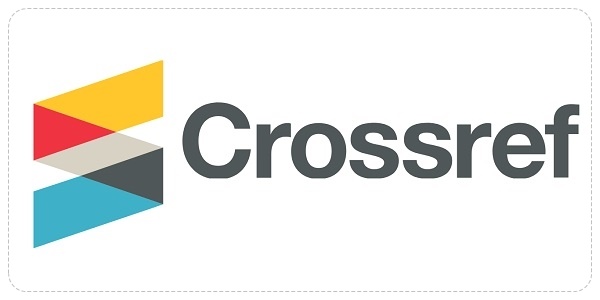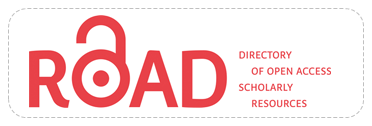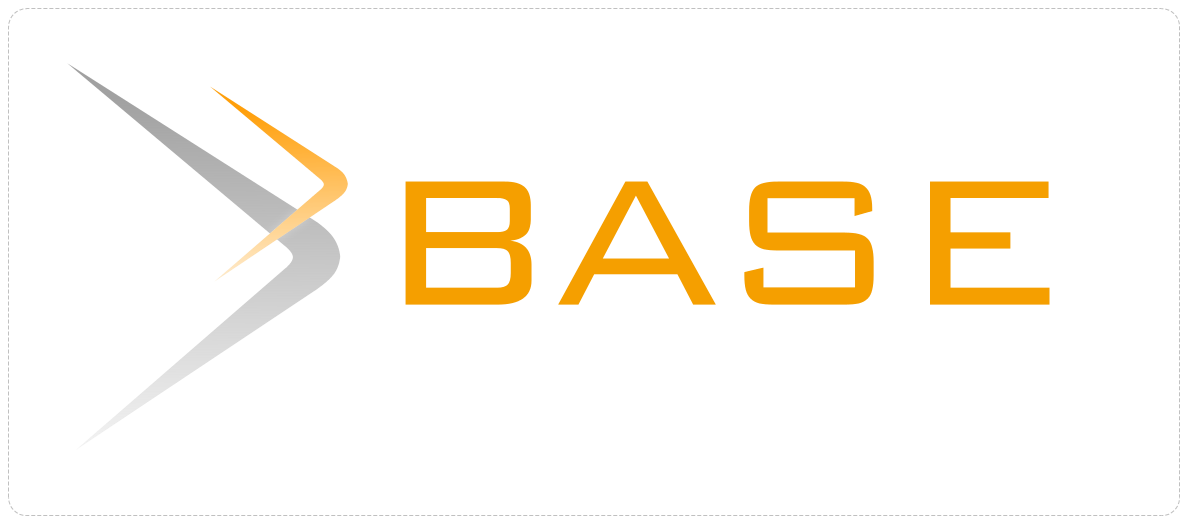KESIAPAN MAHASISWA DALAM PEMBELAJARAN ONLINE DI MASA PANDEMI COVID-19
Abstract
Abstrak
Perubahan metode pembelajaran di masa pandemi COVID-19 dengan pebelajaran online menimbulkan kendala bagi mahasiswa karena terbiasa menggunakan metode tatap muka. Tujuan dari penelitian ini adalah menganalisis perbedaan perbedaan antara usia, jenis kelas, dan keikutsertaan dalam pelatihan e-learning terhadap kesiapan mahasiswa dalam pembelajaran online pada masa pandemi COVID-19. Desain dalam penelitian ini merupakan potong lintang. Populasi pada penelitian ini adalah mahasiswa Program Studi Manajemen Informasi Kesehatan, Universitas Esa Unggul. Teknik pengambilan sampel yaitu purposif dengan kriteria eksklusi mahasiswa yang mengambil Kartu Rencana Studi (KRS) mata kuliah Magang maupun Skripsi. Sampel dalam penelitian ini berjumlah 100 mahasiswa. Analisis data dilakukan secara deskriptif dan analitik. Analisis dekriptif digunakan untuk melihat distribusi karakteristik dari responden, sedangkan uji Mann-Whitney untuk menganalisis perbedaan antara usia, jenis kelas, dan keikutsertaan dalam pelatihan e-learning terhadap kesiapan mahasiswa dalam pembelajaran online pada masa pandemi COVID-19. Terdapat perbedaan antara jenis kelas dan keikutsertaan pelatihan e-learning dengan kesiapan mahasiswa dalam pembelajaran online pada masa pandemi COVID-19 (p-value <0.05). Sedangkan tidak terdapat perbedaan antara usia dengan kesiapan mahasiswa dalam pembelajaran online pada masa pandemi COVID-19 (p-value >0.05).
Abstract
Changes in learning methods during the COVID-19 pandemic with online learning made barries for students because they got used to using face-to-face methods. The purpose of this study was to analyze the differences between age, type of class, and participation in e-learning training towards student readiness in online learning during the COVID-19 pandemic. The design in this study was cross sectional. The population in this study were students of the Health Information Management Department, Universitas Esa Unggul. The sampling technique was purposive and the sample in this study were 100 students. Data analysis was performed descriptively and analytically. Descriptive analysis was used to look at the distribution of characteristics of respondents, while the Mann-Whitney test to analyze the differences between age, class type, and participation in e-learning training towards student readiness in online learning during the COVID-19 pandemic. There was a difference between the type of class and e-learning training participation and students readiness in online learning during the COVID-19 pandemic (p-value <0.05). While there was no difference between age and student readiness in online learning during the COVID-19 pandemic (p-value >0.05).
Keywords
Full Text:
PDF (Bahasa Indonesia)References
Adams, D., Sumintono, B., Mohamed, A., & Noor, N. S. M. (2018). E-learning readiness among students of diverse backgrounds in a leading Malaysian higher education institution.
Malaysian Journal of Learning and Instruction, 15(2), 227–256.
Blankenship, Ray; Atkinson, J. K. (2010). Undergraduate student online learning readiness. International Journal of Education Research, 5(2), 44-55.
Darmalaksana, W., Hambali, R. Y. A., Masrur, A., & Ushuluddin, F. (2020). Analisis pembelajaran online masa wfh pandemic covid-19 sebagai tantangan pemimpin digital abad 21. Karya tulis ilmiah (KTI) masa work from home (WFH) covid-19 UIN Sunan Gunung Djati Bandung, 1-12.
El-Fattah, S. M. A. (2010). Garrison’s Model of Self-Directed Learning: Preliminary Validation and Relationship to Academic Achievement. The Spanish Journal of Psychology, 13(2), 586–596. https://doi.org/https://doi.org/10.1017/S1138741600002262
Escobar-Rodriguez, T., & Monge-Lozano, P. (2012). The acceptance of Moodle technology by business administration students. Computers and Education, 58(4), 1085–1093. https://doi.org/10.1016/j.compedu.2011.11.012
Garrison, D. R. (2003). Cognitive presence for effective asynchronous online learning: the role of reflective inquiry , self-direction and metacognition. Elements of Quality Online Education: Practice and Direction, 4(1), 47–58.
Gay. (2018). Fixing the ’Ready’in E-learning Readiness. In M. Sinecen (Ed.), Trends in E-learning (pp. 65–83). InTechOpen.
Hasanah, A., Sri, A., Rahman, A. Y., & Danil, Y. I. (2020). Analisis Aktivitas Belajar Daring Mahasiswa Pada Pandemi COVID-19. Karya Tulis Ilmiah (KTI) Masa Work From Home (WFH) Covid-19 UIN Sunan Gunung Djati Bandung Tahun 2020, 4–8.
Huda, M., Maseleno, A., Teh, K. S. M., Don, A. G., Basiron, B., Jasmi, K. A., Mustari, M. I., Nasir, B. M., & Ahmad, R. (2018). Understanding Modern Learning Environment (MLE) in big data era. International Journal of Emerging Technologies in Learning, 13(5), 71–85. https://doi.org/10.3991/ijet.v13i05.8042
Hung, M. L., Chou, C., Chen, C. H., & Own, Z. Y. (2010). Learner readiness for online learning: Scale development and student perceptions. Computers and Education, 55(3), 1080–1090. https://doi.org/10.1016/j.compedu.2010.05.004
Kintu, M. J., Zhu, C., & Kagambe, E. (2017). Blended learning effectiveness: the relationship between student characteristics, design features and outcomes. International Journal of Educational Technology in Higher Education, 14(1). https://doi.org/10.1186/s41239-017-0043-4
Li, J., Kay, R., & Markovich, L. (2018). Student Attitudes Toward Blended Learning in Adult Literacy and Basic Skills College Programs | Attitudes des étudiants envers l’apprentissage mixte dans les programmes collégiaux de formation de base , dkkphabétisation pour adultes. Canadian Journal of Learning and Technology / La Revue Canadienne de l’apprentissage et de La Technologie, 44(2). https://doi.org/10.21432/cjlt27573
SE Nomor 4 Tahun 2020 Tentang Pelaksanaan Kebijakan Pendidikan Dalam Masa Darurat Penyebaran Covid-19, 300 (2020).
Mosa, A. A., Naz’ri bin Mahrin, M., & Ibrrahim, R. (2016). Technological Aspects of E-learning Readiness in Higher Education: A Review of the Literature. Computer and Information Science, 9(1), 113. https://doi.org/10.5539/cis.v9n1p113
Pangondian, R. A., Santosa, P. I., & Nugroho, E. (2019). Faktor-faktor yang mempengaruhi kesuksesan pembelajaran daring dalam revolusi industri 4.0. In Seminar Nasional Teknologi Komputer & Sains (SAINTEKS) (Vol. 1, No. 1).
Setiati, S., & Azwar, M. K. (2020). COVID-19 and Indonesia. Acta Medica Indonesiana, 52(1), 84–89.
Sohrabi, C., Alsafi, Z., O’Neill, N., Khan, M., Kerwan, A., Al-Jabir, A., Iosifidis, C., & Agha, R. (2020). World Health Organization declares global emergency: A review of the 2019 novel coronavirus (COVID-19). International Journal of Surgery, 76(February), 71–76. https://doi.org/10.1016/j.ijsu.2020.02.034
Subarto, S. (2020). Momentum Keluarga Mengembangkan Kemampuan Belajar Peserta Didik Di Tengah Wabah Pandemi Covid-19. ADALAH, 4(1), 13-18.
Teo, T., Luan, W. S., Thammetar, T., & Chattiwat, W. (2011). Assessing e-learning acceptance by university students in Thailand. Australasian Journal of Educational Technology, 27(8), 1356–1368. https://doi.org/10.14742/ajet.898
Surat Edaran Wakil Rektor No:027/WAREK-I/SE/UEU/III/2020 tentang Pelaksanaan Pembelajaran Selama Tanggap COVID-19 di Lingkungan Universitas Esa Unggul, (2020).
Viner, R. M., Russell, S. J., Croker, H., Packer, J., Ward, J., Stansfield, C., Mytton, O., Bonell, C., & Booy, R. (2020). School closure and management practices during coronavirus outbreaks including COVID-19: a rapid systematic review. The Lancet Child and Adolescent Health, 4(5), 397–404. https://doi.org/10.1016/S2352-4642(20)30095-X
DOI: https://doi.org/10.17509/pdgia.v18i3.28436
Refbacks
INDEXED BY

This work is licensed under a Creative Commons Attribution-ShareAlike 4.0 International License















